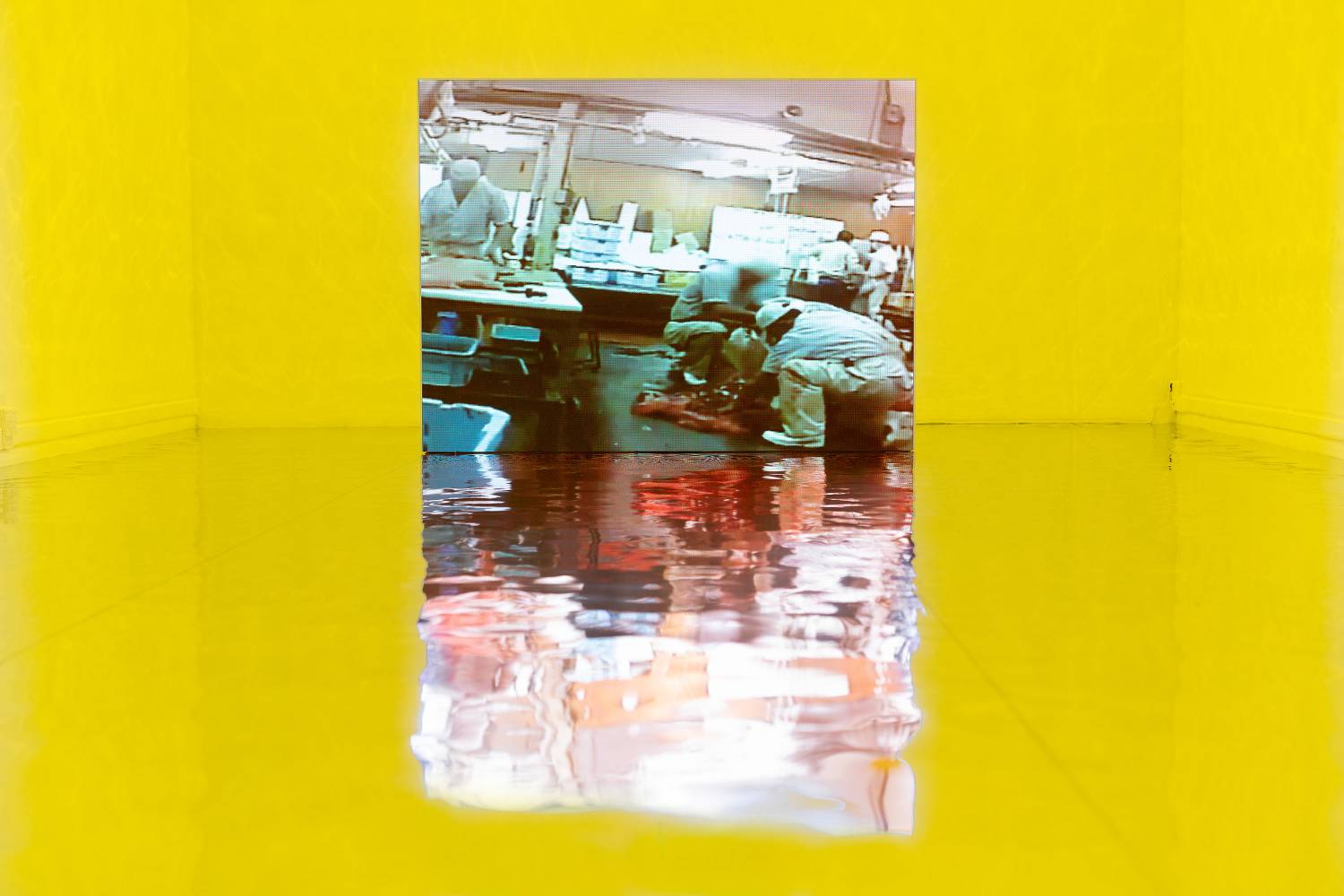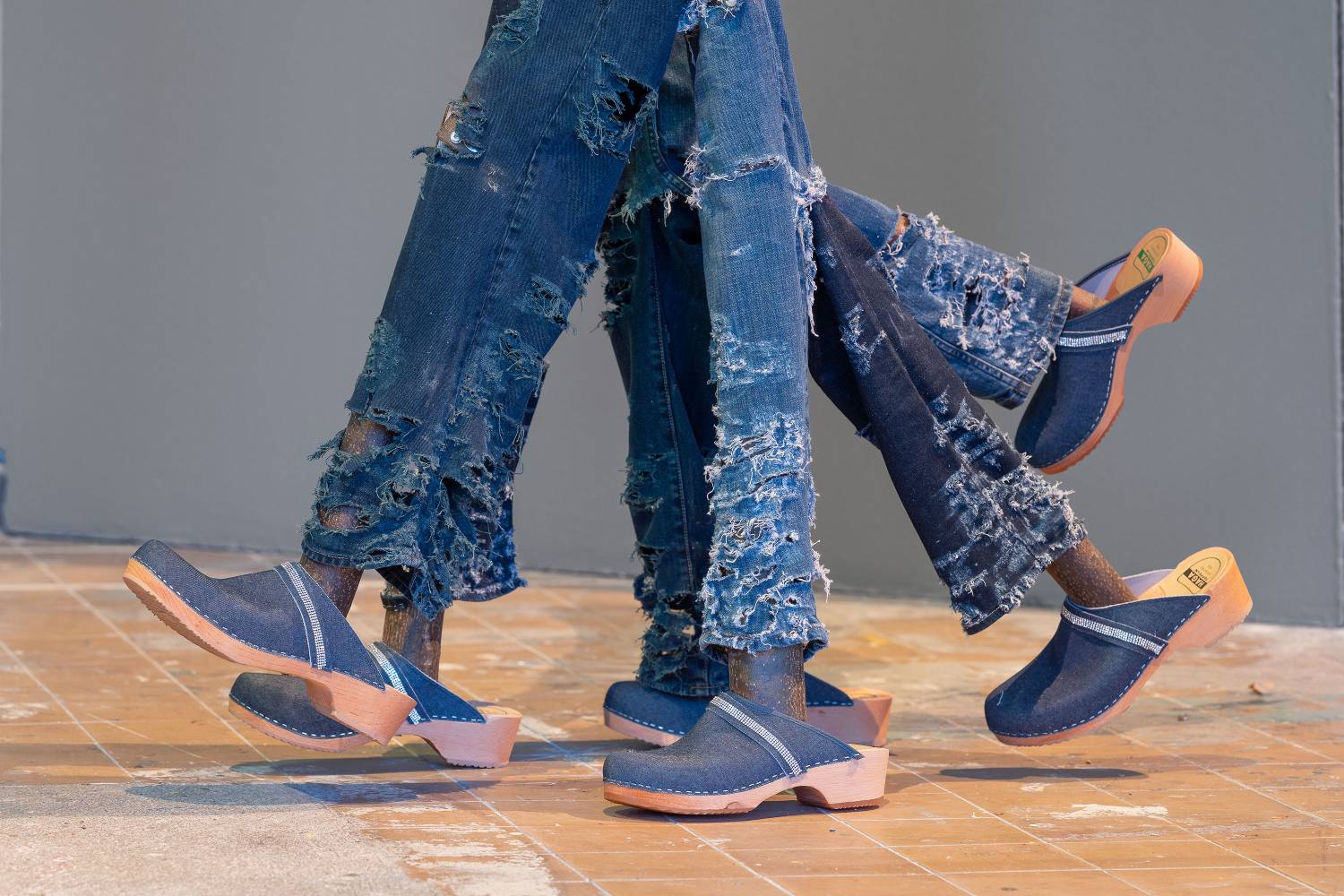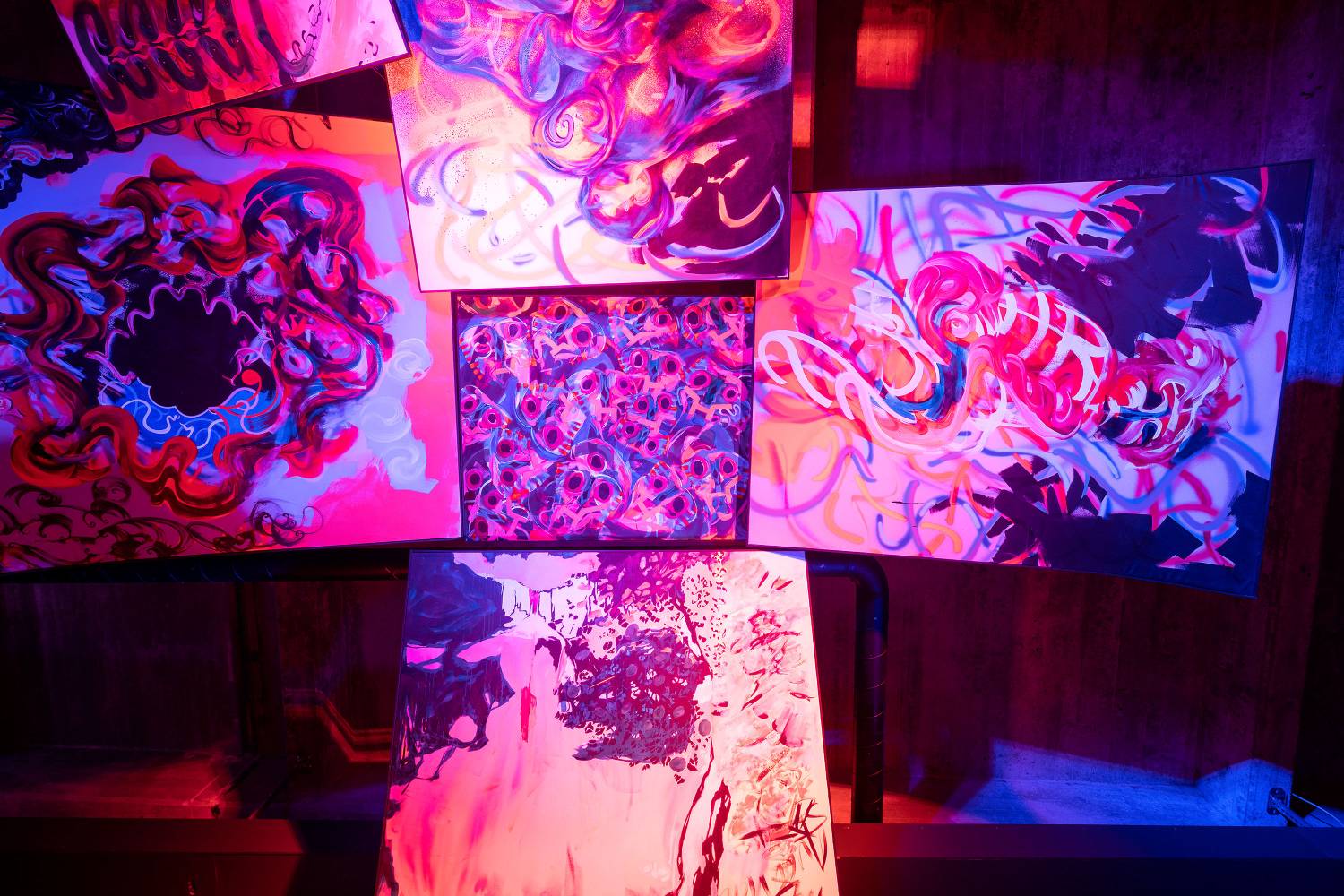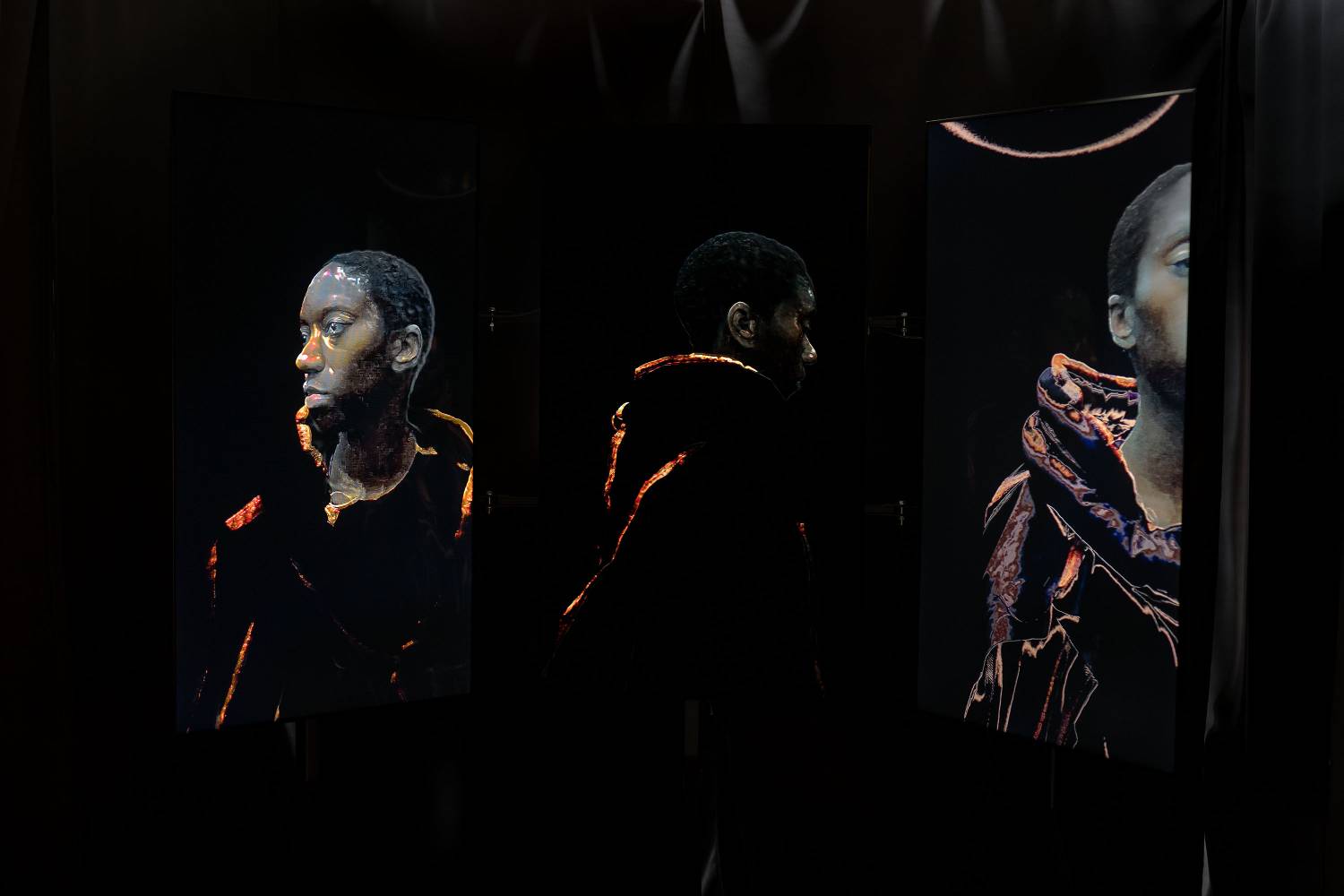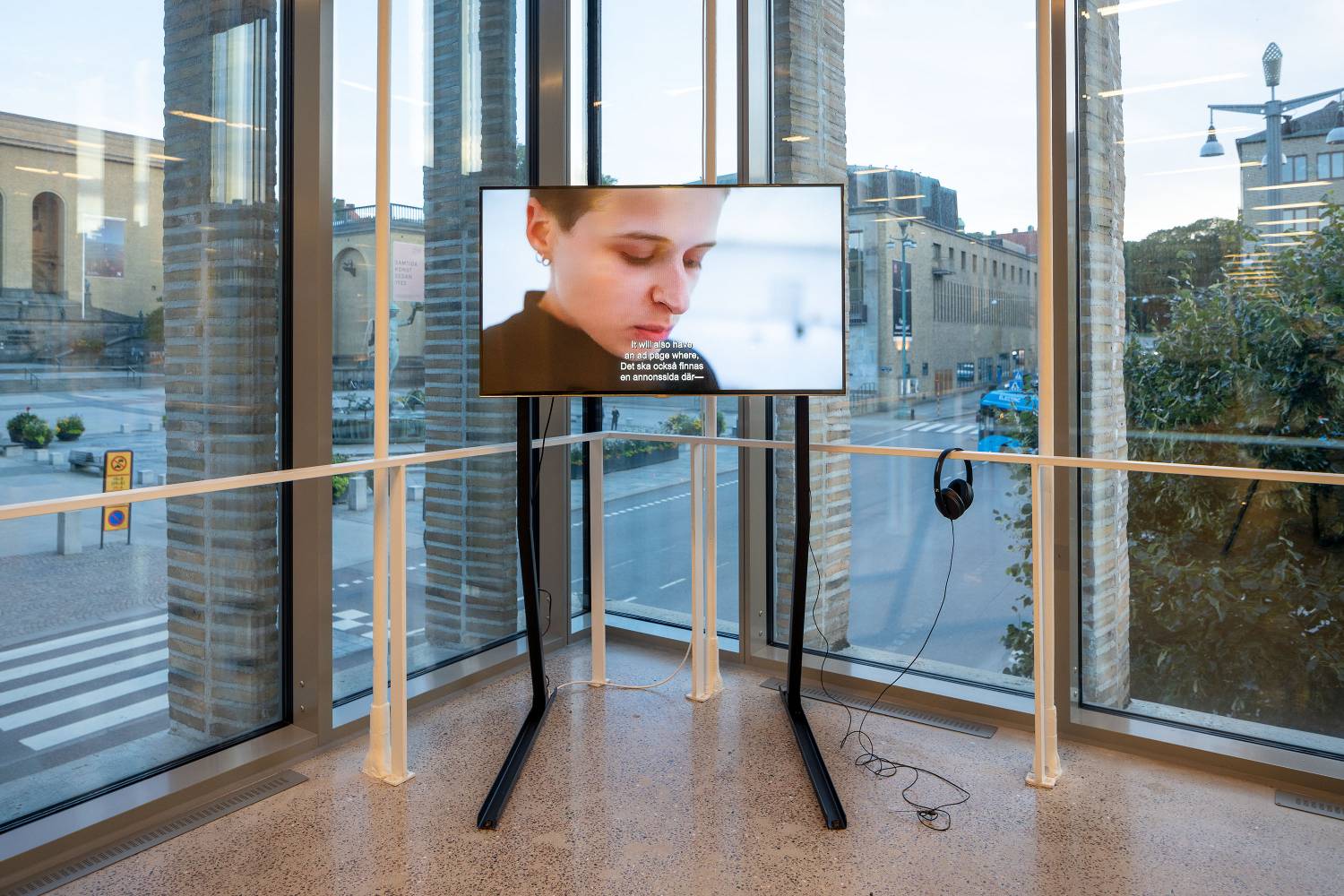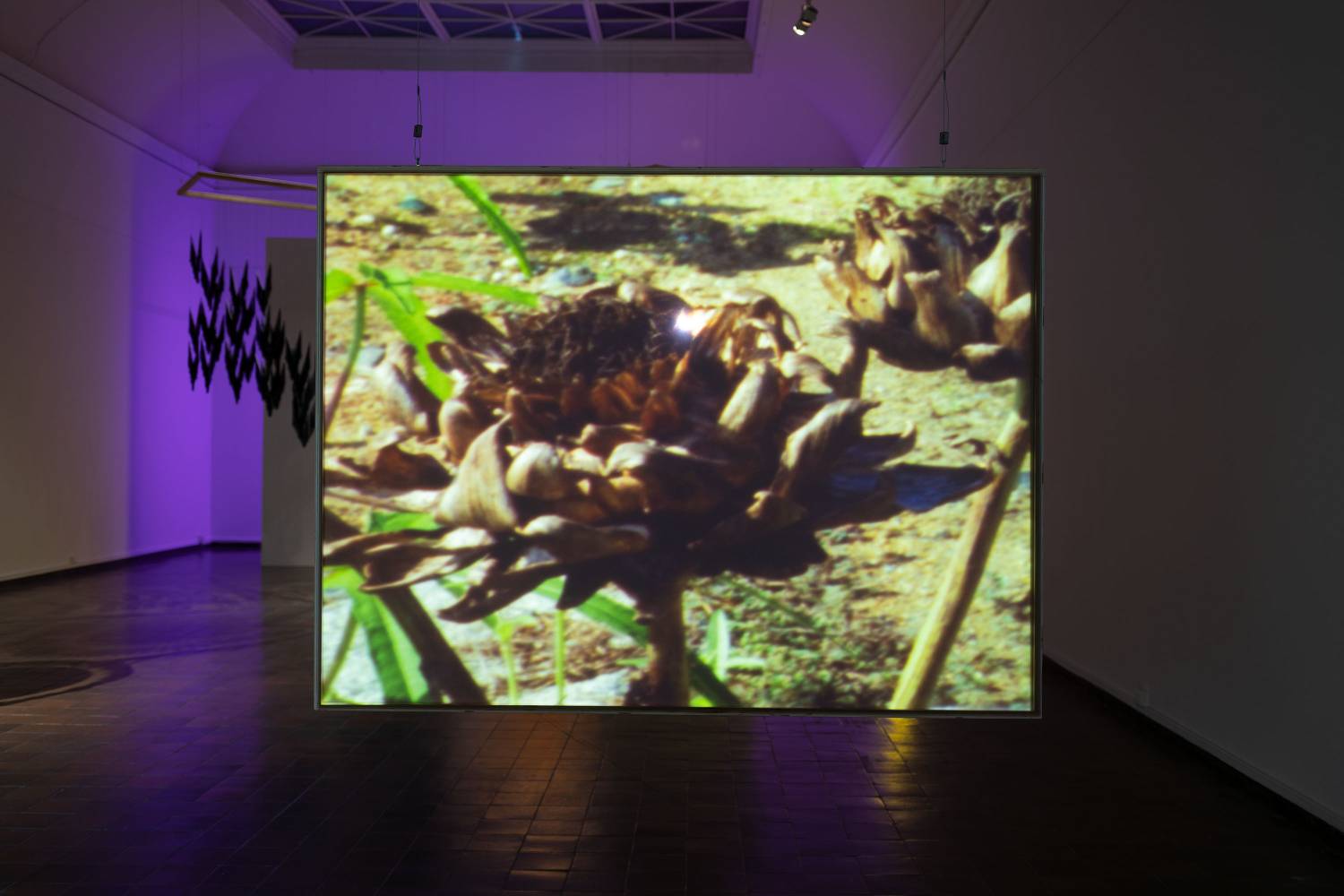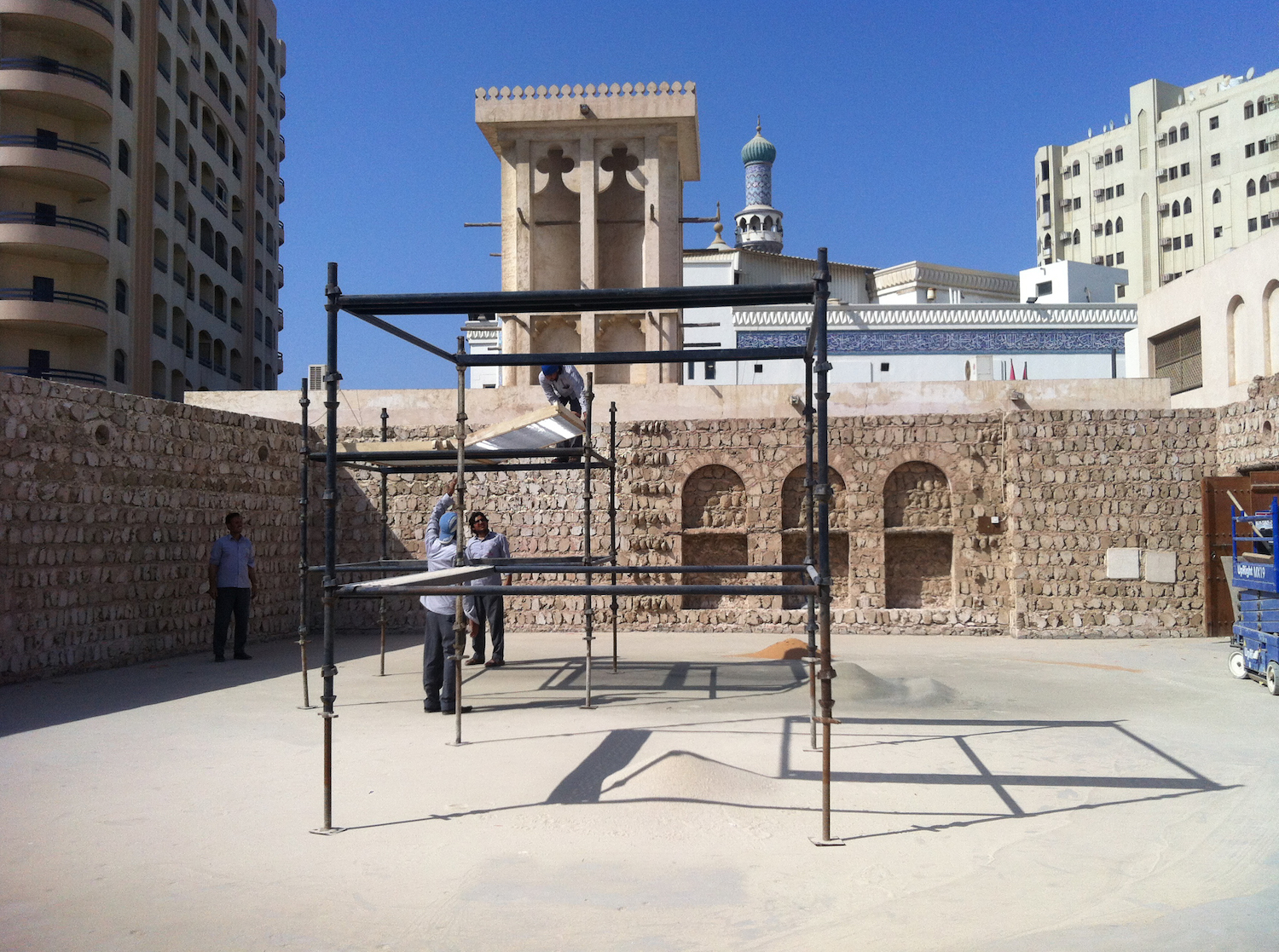What perspectives shall we adopt; filters shall we use; mindsets shall we construe so as to usher a crowd of strangers through an ever-shifting world, our so-called reality? Moreover, what positions should these stranger’s bodies assume beside other, stranger bodies?
The new Gothenburg Biennial, curated by João Laia, devises a multilayered though unified landscape throughout its four fragmented venues around town. It is a universe of its own accord, at once amorphous and chimeric, with inner worlds that summon visitors to drown under an unstable torrent of sounds, bodies, odors, and images — as if the audience had been lured to wear some sort of deceiving goggles with which to see beneath the surface or above the horizon of visibility, far beyond the immediately recognizable world.
It can be tempting to say this exhibition embraces youth as a state of mind, prompting the possibility to engage with other dimensions of life; or else, arousing the very opportunity to not avert other forms of life. Although many references to youth or non-normative culture punctuate the promenade across venues — like Rasmus Myrup’s monstrous figures queuing for a club or Osías Yanov’s dimmed-down lavish room with S&M props — the Biennial is less about youngsters per se, but rather an invitation to envisage other worlds, or, at least, to reshape or supersede attitudes, discourses, and postures toward the contemporary. If curiosity can be an antidote for a normative society, then “Forms of the Surrounding Futures” offers plenty of leads toward other worldings: both existing and invented cosmologies, bodies, realities — histories turned into fiction and vice-versa.
By suspending time and eroding the notion of a unified space dimension, the ensemble of artworks amassed by this biennial convey an atmosphere of lust and danger, providing the audience with myriad avenues of both intellectual and sensorial navigation. Phenomenologically speaking, the public takes part in a choreography in which the visitor’s body is as central as the abundant sculptural entities on stage: through quite dramatic lighting and soundscapes, the curator orchestrates movements of seduction, repulsion, and even fear. Under this shady light, nothing really stands for what it appears to be — distortion, fragmentation, transformation, colliding bodies, and world formations set the tone for a capsule biennial that takes advantage of its fairly reduced scale and venues. From the Konsthall building located at the city center, to the seemingly abandoned boiler house by the river, passing through the library and the peripheral Angered underground station, visitors enter and leave sites as if walking past portals to both novel and seemingly familiar worlds.
* * *
“Forms of the Surrounding Futures” speaks of relations, of coexistence, of ties and boundaries that both unify and separate the human from the nonhuman, the solid from the ethereal, day from night, the known from the unknown, the present and the past from the future.
As soon as one enters the central venue, and absorbs the somewhat metallic scent crafted by Iris Touliatou, one is faced with a wondrously eerie setting of vertical sculptures coming down from the ceiling, springing from the ground, and even suspended midair. They all conjure up a sanctuary of sorts — or perhaps a garden, as suggested by both Ana Vaz’s Atomic Garden (2018) or even Guadalupe Maravilla’s organic shrine — functioning as the welcoming living and nonliving alien hosts of the Biennial. Past the shadowy backdrop of Outi Pieski, the visitor eventually reaches adjacent rooms where life seems to have been exhausted, leaving behind nothing but the remains of our so-called civilization (P. Staff’s speculation about life on the unsafe environments of Earth and Venus; Tarik Kiswanson’s X-ray of garments used by people who have endured living in this world in its past cultural and political formations; or the above-mentioned Yanov’s installation containing the debris of Western culture).
By the riverbank, as close to nature as to the industrial port, visitors reach the main venue, Röda Sten Konsthall — or the boiling point of the Biennial. Across three floors, works from sixteen artists engage in a semantic intercourse which turns the power plant into an operatic stream of colliding forces: the amorphous breathing organism of Maria de Jerez operates as the vital core of an exhibition in which dialogical entanglements between artworks happen to produce a dreamlike atmosphere, where an accumulation of voices (Prem Sahib’s staircase sound installation, for instance) and images invest the building with a life of its own — like the archaeological site of a rave party that still has to end at some point in the future.
Luiz Roque’s video parade of dancing ghosts from the underground populates a rather chaotic stage where whales swim alongside abiotic entities in a rush of golden mirrors (Rodrigo Hernandez’s panels), black lube (Yong Xiang Li’s paintings), and psychedelic lights (Joana da Conceição). And standing alone right at the entrance of the big hall is a tryptic by Sandra Mujinga: “Welcome to the unknown,” it seems to whisper to the visitor.
Conversely, at Angered Station, in the outskirts of Gothenburg, while going down the escalators the visitor notices yellow tube lights paving the way into the underground — another portal into unknown lands? Perhaps not, as once downstairs the visitor is faced with a display window showcasing nothing but a yellow cast of light. A space sealed to the outside world; an unachievable escape route: no way out of the all-so-many latent future worlds awaiting for us.


